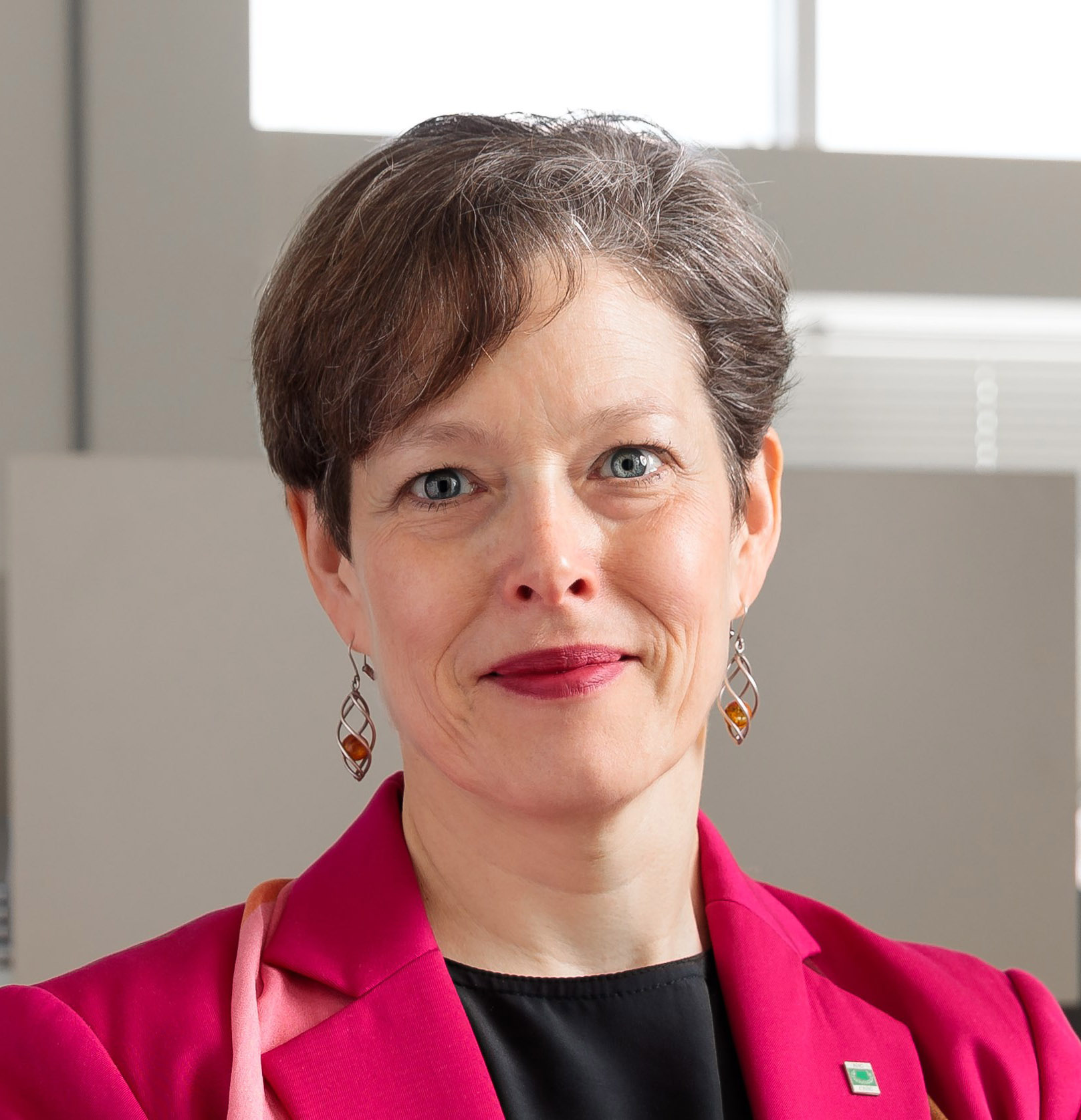 Jennifer Veitch
Jennifer VeitchFrom her very first introductory psychology class, Jennifer Veitch knew she wanted to get into environmental psychology. Many classes, years, and a PhD later, Jennifer is living her dream as a Principal Research Officer at the National Research Council of Canada.
Jennifer Veitch
Sometimes, a career path can be determined very early on, whether you know it or not. Such was the case when Jennifer Veitch became excited about environmental psychology in her very first introductory psychology course. She later volunteered in that prof’s lab where she learned practical data collection skills that she still uses today. A few years later, she was graduating from the University of Victoria with a PhD in Environmental Psychology.
To this day, the research Jennifer does is reflective of what she learned in those first intro psych classes, and from that professor. The big difference, in research terms, is the setting. She is a full-time psychological scientist in an interdisciplinary research setting, and uses her psychology skills to study how people relate to their physical surroundings.
Jennifer is a Principal Research Officer at the National Research Council of Canada, where she is responsible for the initiation (including obtaining internal and external funding), management, and conduct of research on the effects of the physical environment on occupants’ behaviour and well-being, and for disseminating the resulting knowledge through pertinent industry and research channels. That means that she publishes papers in journals, but also contributes to national and international standards and recommendations by participating in organizations like the International Commission on Illumination. For example, she leads a project that is conducting a systematic review of the literature on the effects of daytime light exposure on cognition, well-being, and physiology; she also is an active contributor to both North American and international recommendations for lighting that will be based on that literature.
Jennifer says,
“The research I do today is a direct extension of things I learned [in that lab, from that professor] - but now I can study more complex problems with my engineering, physics, and architectural colleagues, and I have routes through which to influence decision-makers to apply what we learn.”
